How to Choose the Right Laminate Flooring Underlayment
Difficulty: Moderate
Time: Research phase: 2-3 hours; Installation: 4-6 hours for average room
Cost: $75-$450 for materials (300 sq ft room)
Why This Matters for Your Project
Planning your first laminate floor? Do not treat underlayment like scrap paper. It is the base that makes the whole floor feel solid and sound right. Most laminate manufacturers require it for warranty validation, skip it and you could void coverage (Coohom). This layer sits between subfloor and laminate, adding moisture protection, noise control, and a touch of leveling so the finished floor looks pro, not guesswork (Lowe's).
Troubleshooting
Problem, underlayment feels too soft or bouncy → Fix, check manufacturer specs, you may need higher density for your laminate type
Problem, moisture appears despite a vapor barrier → Fix, confirm seams are fully taped and the barrier faces the correct direction
Problem, floor feels cold despite underlayment → Fix, review R value ratings, a thicker or different material may insulate better
Variations & Room-Specific Choices
- Budget friendly option, basic foam on plywood subfloors in dry areas
- Premium upgrade, cork or felt for better sound control and comfort
- High moisture areas, combination underlayments with integrated vapor barriers and sealed seams
- Underfloor heating, specialized low TOG products designed for efficient heat transfer
Making Your Final Decision
Start with the room. Concrete subfloors need moisture barriers, high traffic areas benefit from denser materials, and upper floors should prioritize sound insulation (Flooring Clarity). Then cross check compatibility with your laminate and the warranty rules for that product.
Quality underlayment is an investment that extends lifespan and improves daily comfort, so do not cut corners here (Flooring Clarity). Prep the subfloor, install correctly, and choose the right material, the trio that unlocks long term performance (One Step Beyond Flooring).
Why it works, the right underlayment creates a stable base so your floating laminate can move naturally with temperature and humidity, while guarding against moisture and adding the cushion that helps prevent early joint failure.




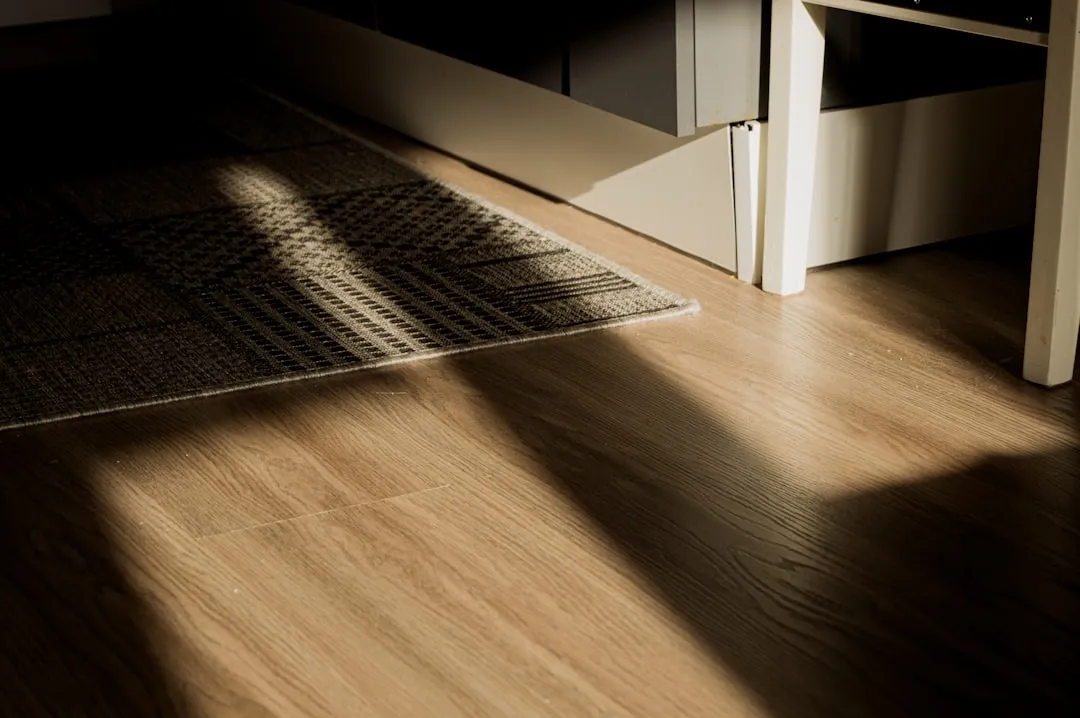
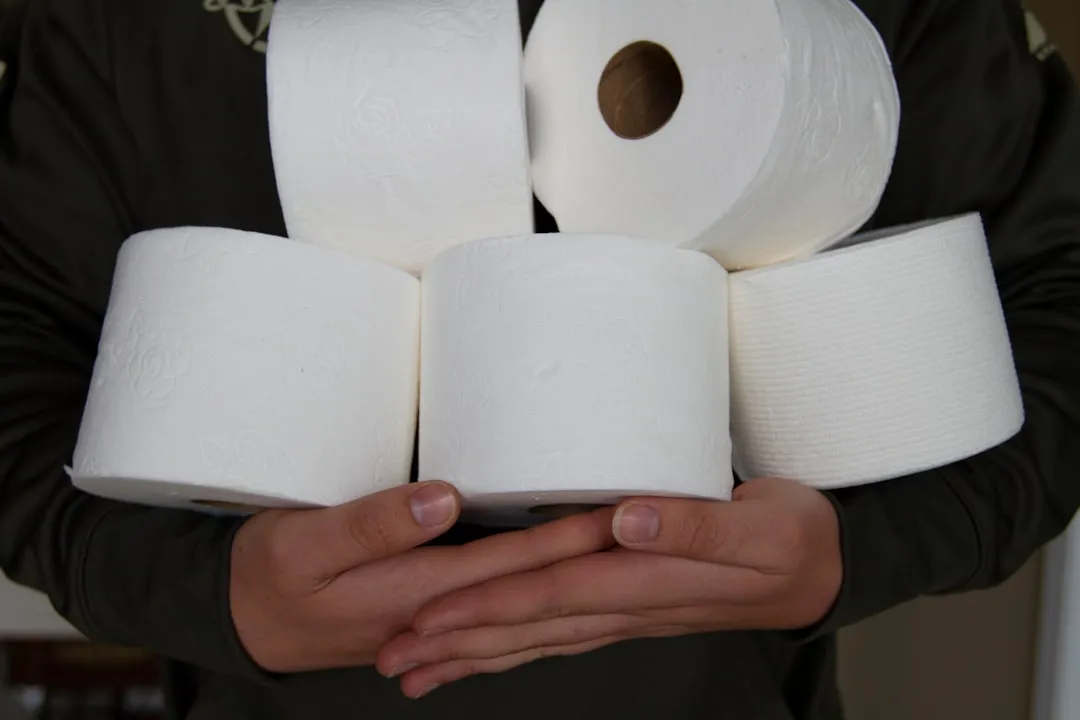
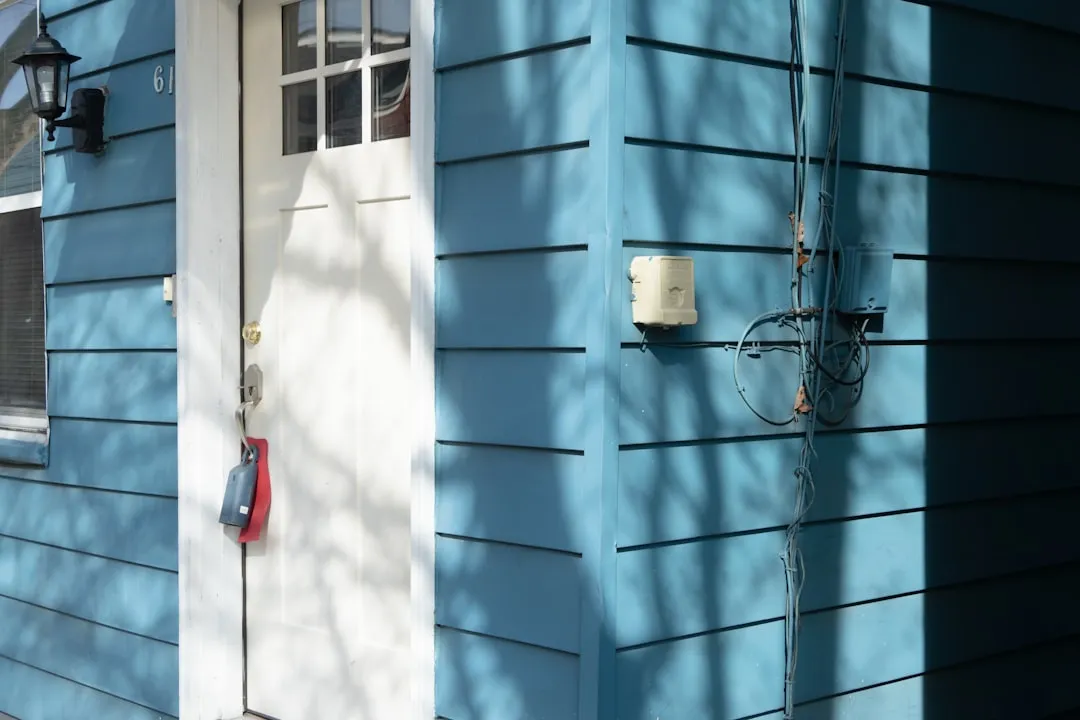
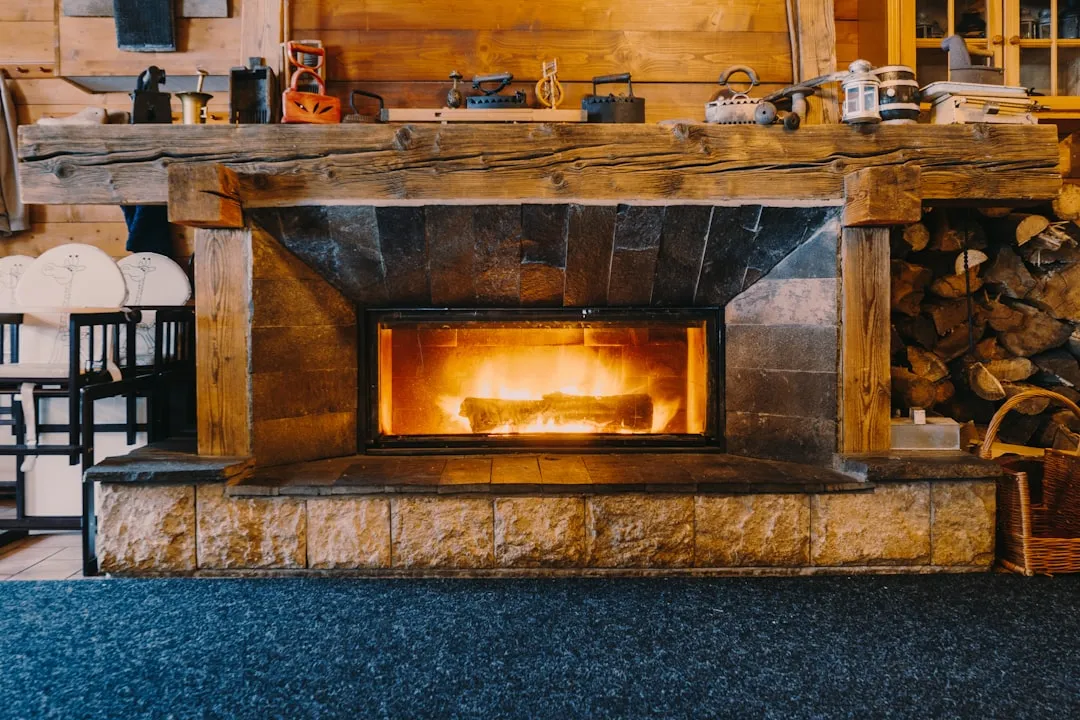
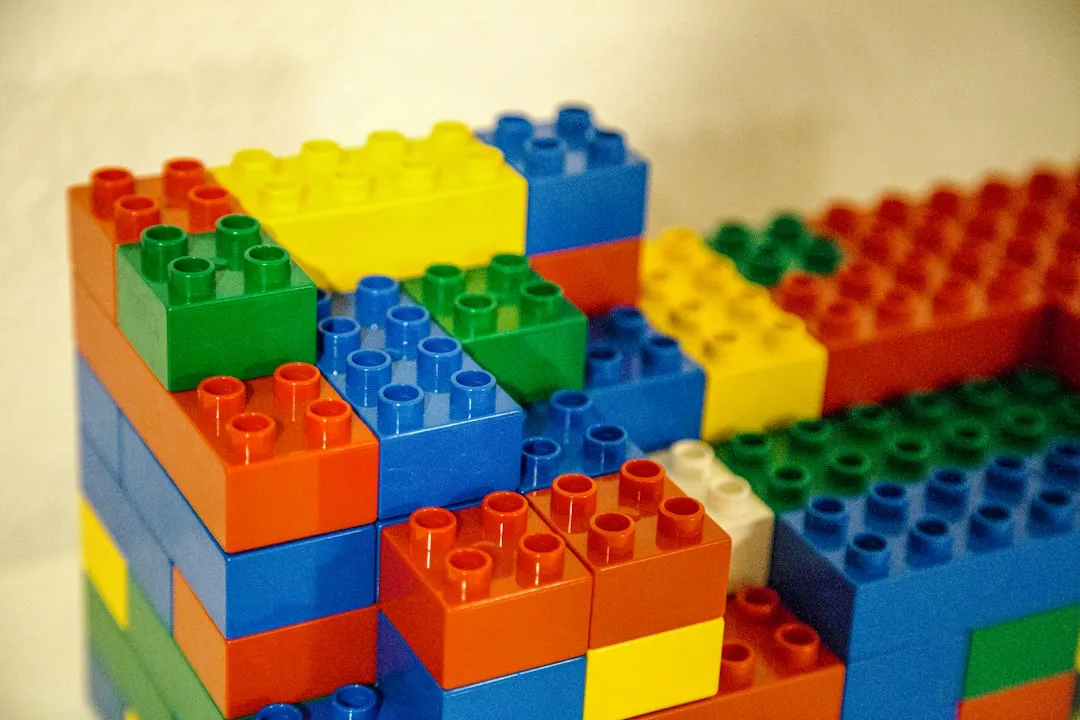
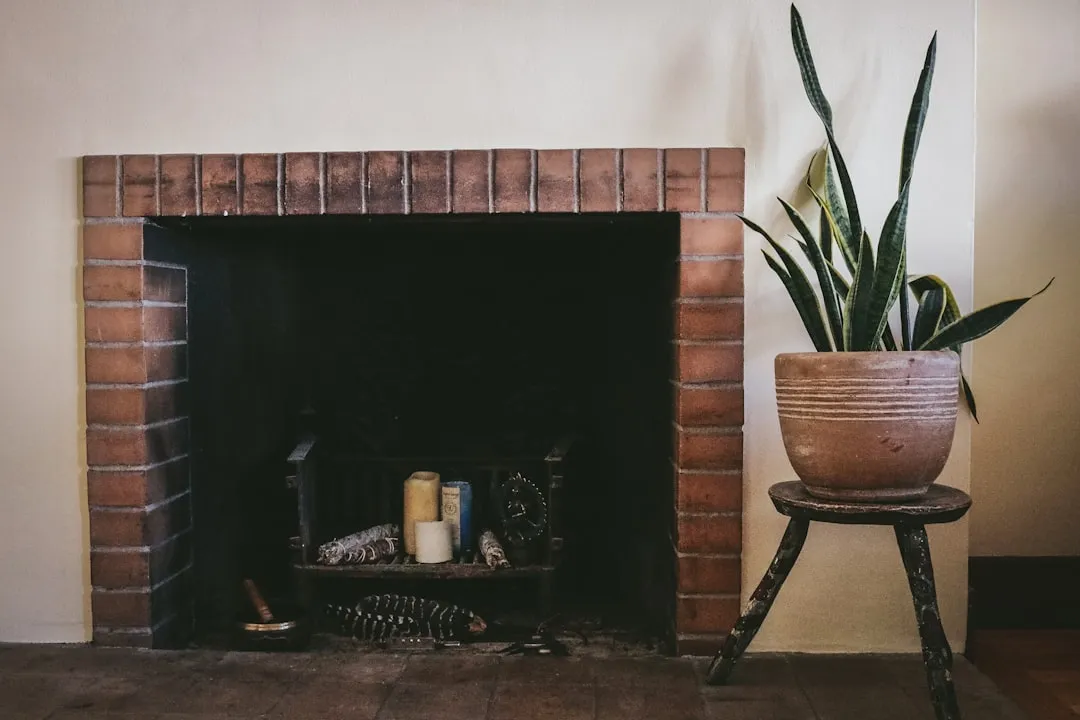
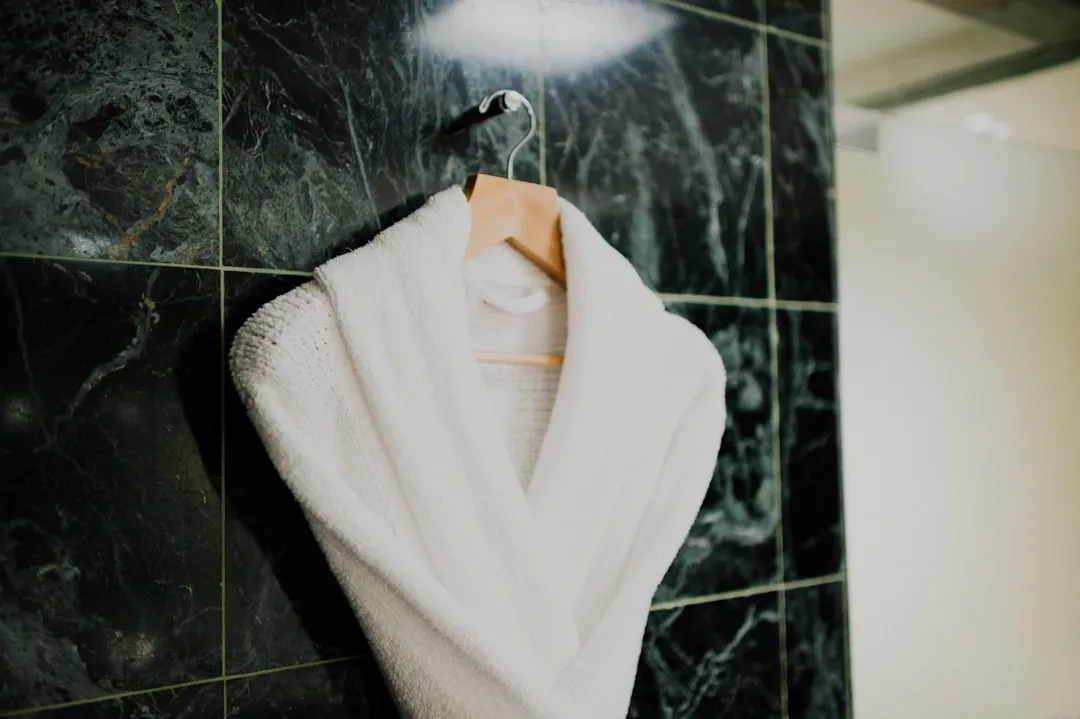

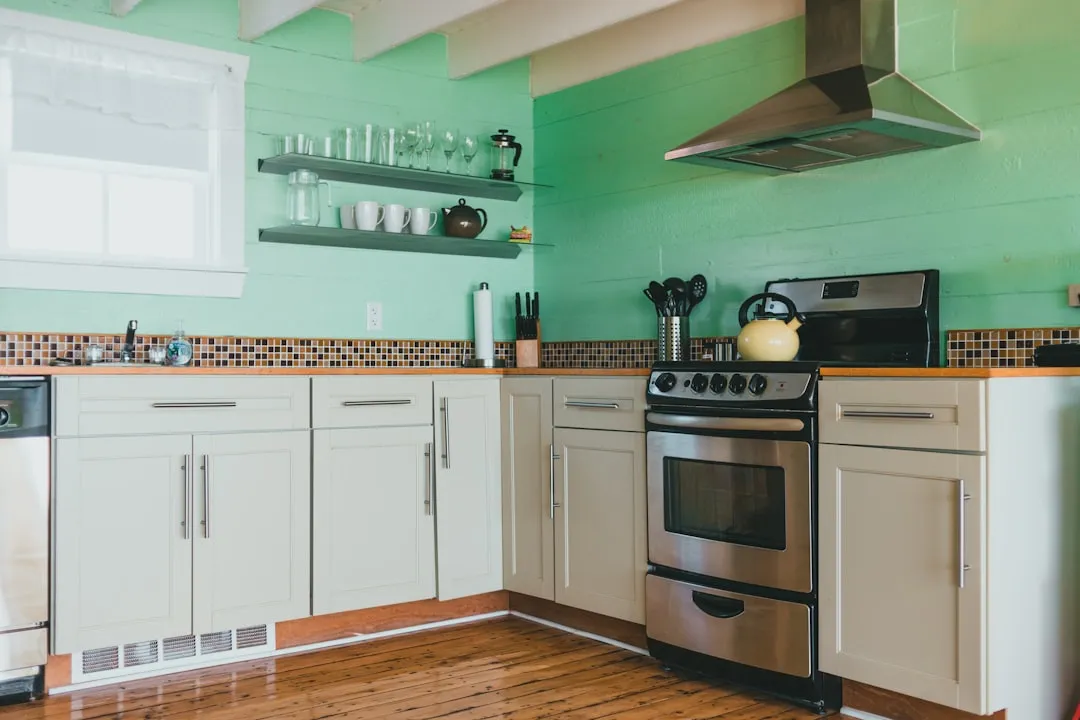

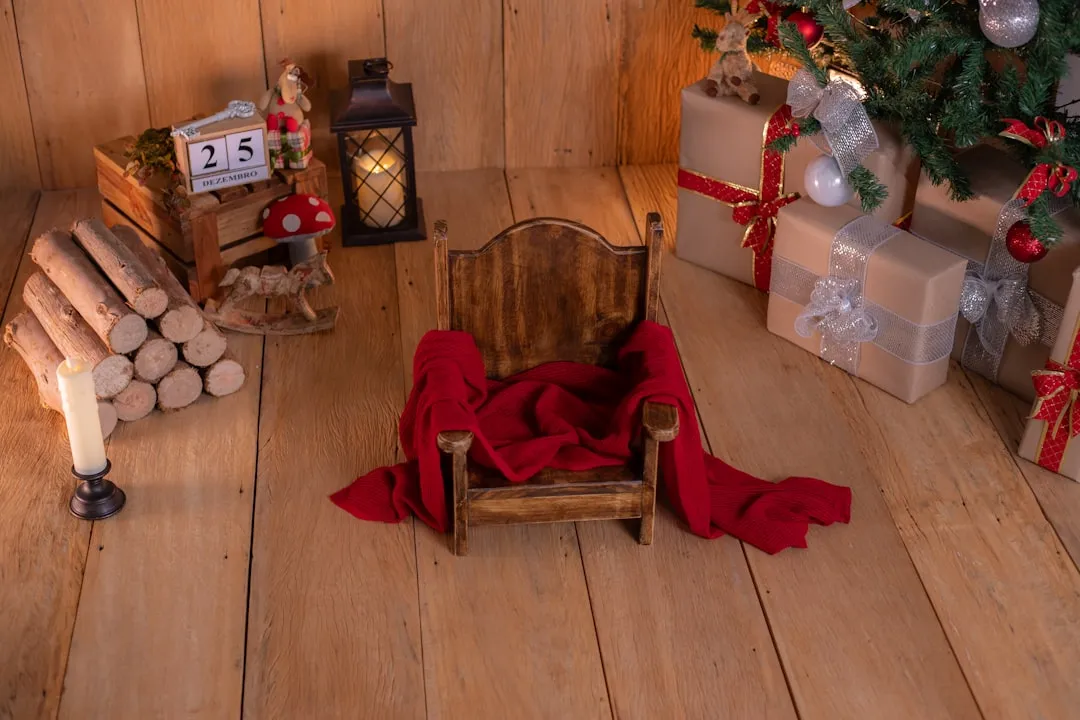
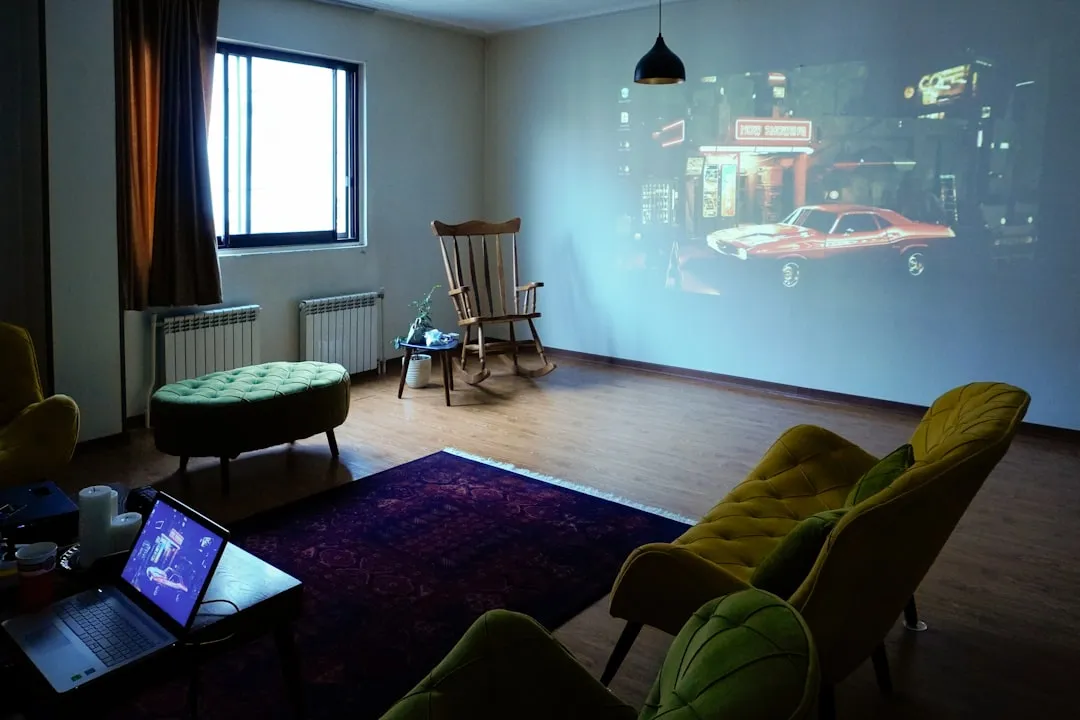



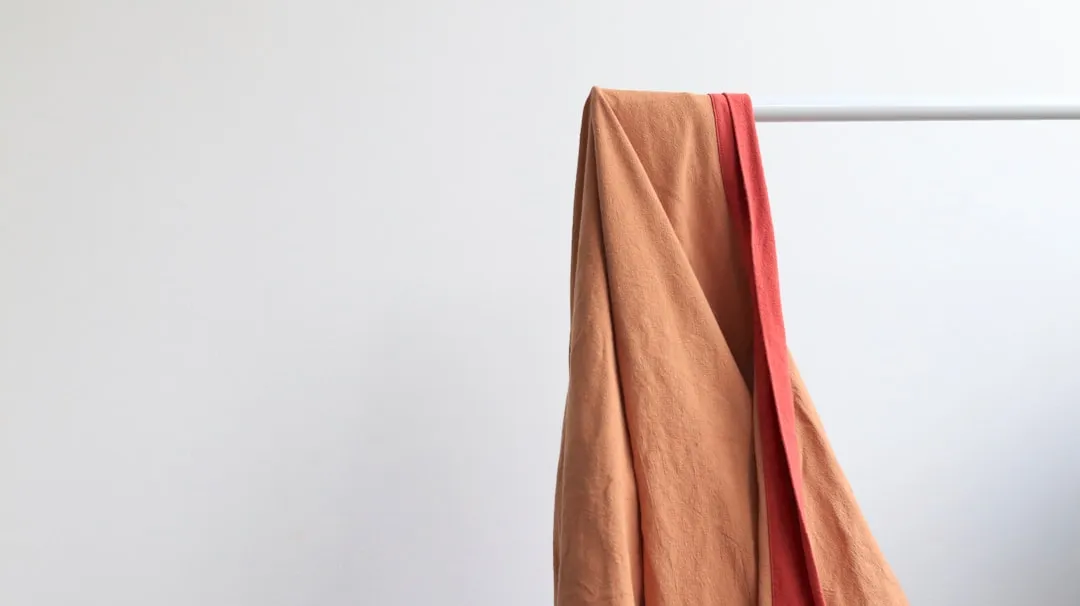
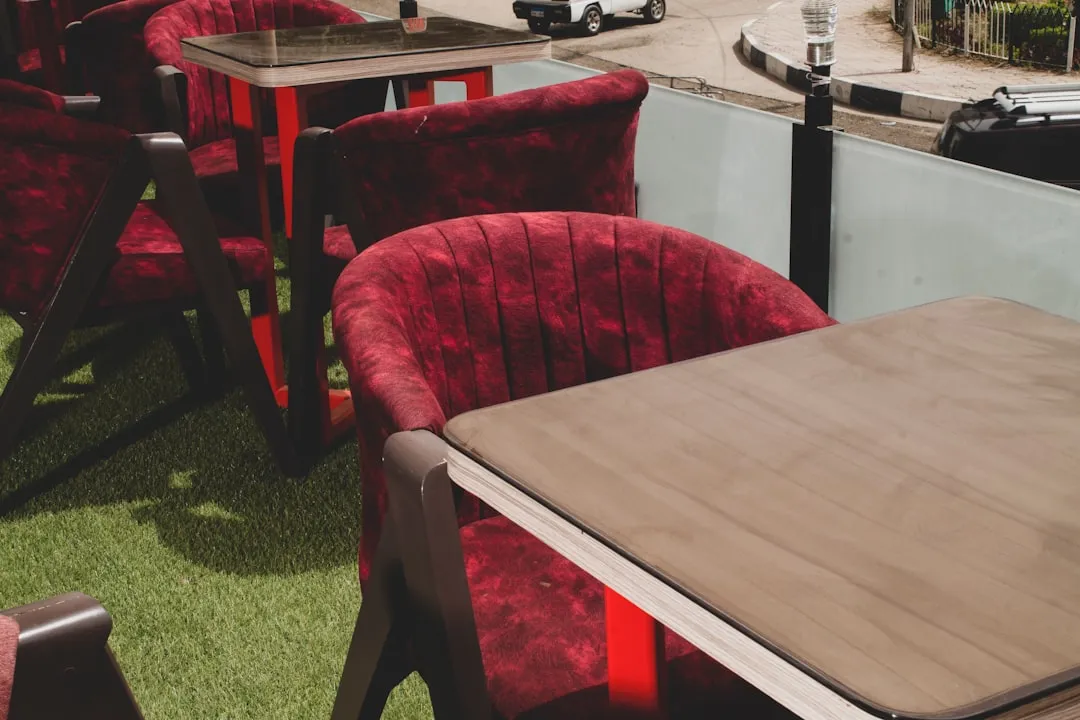
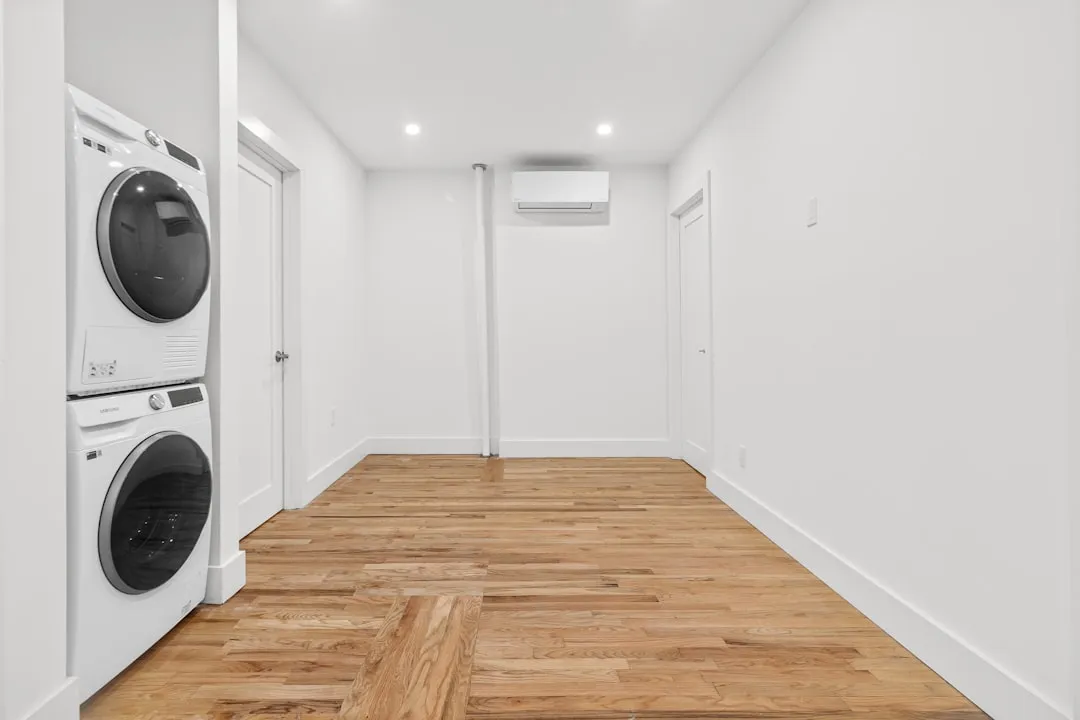
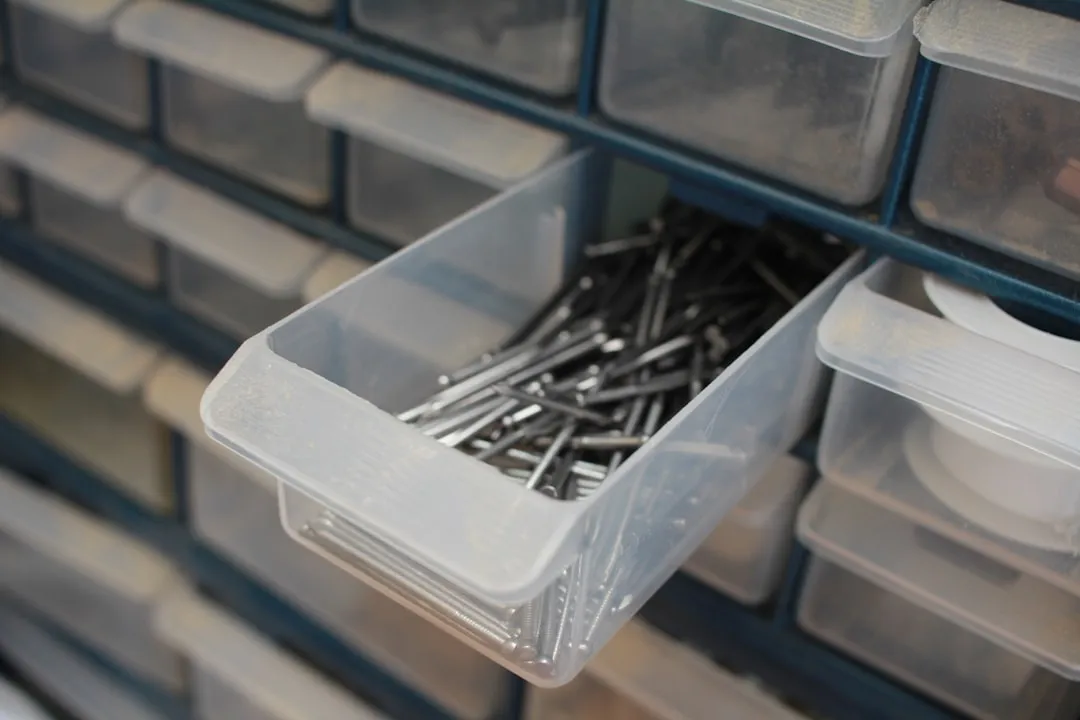
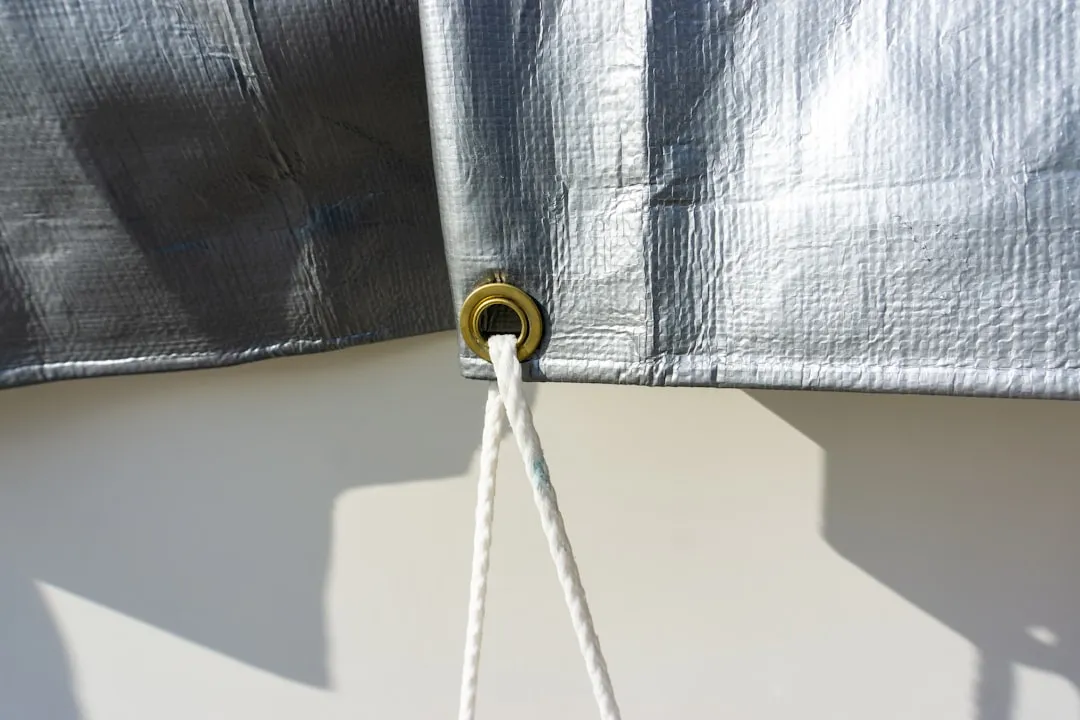

Comments
Be the first, drop a comment!